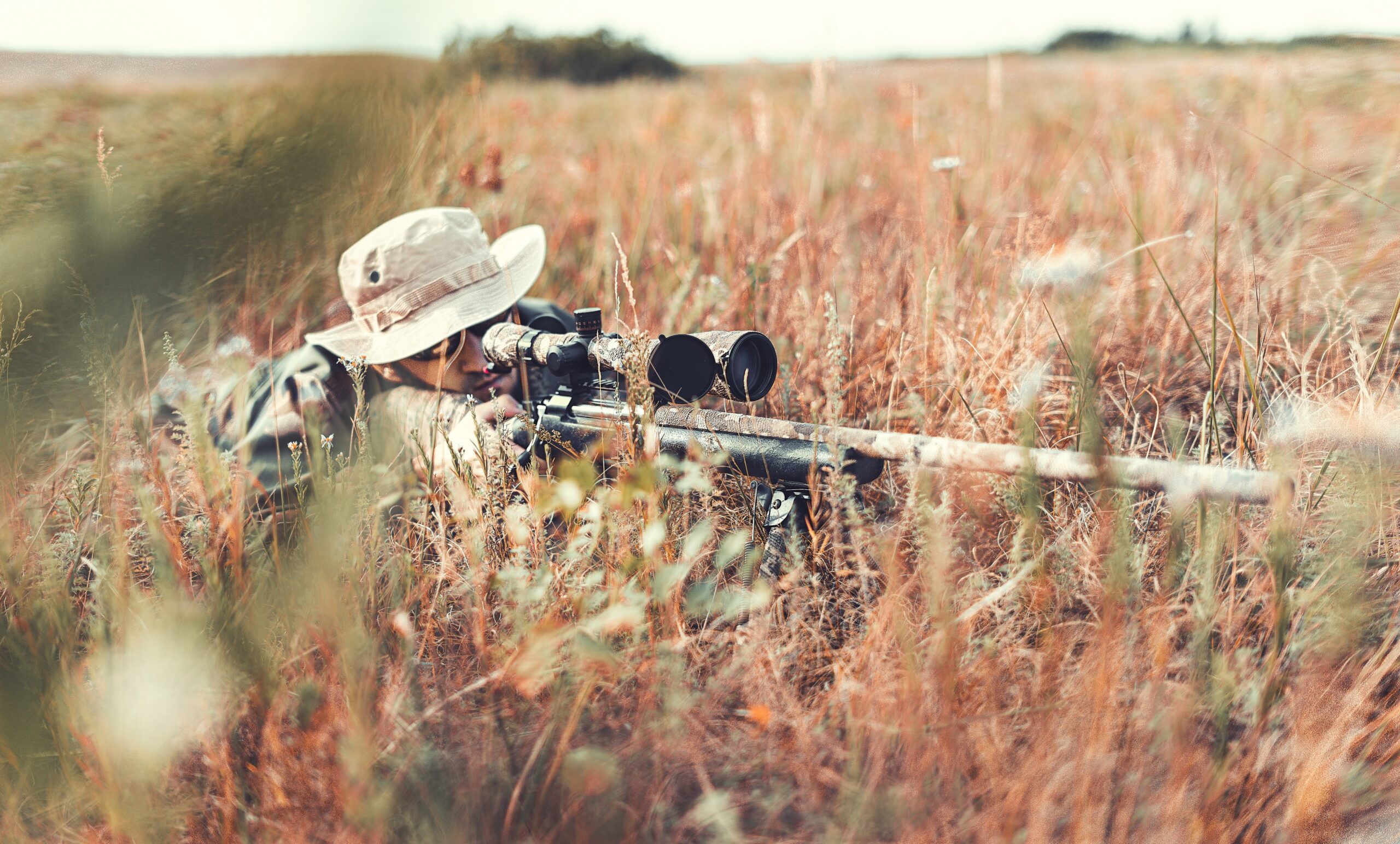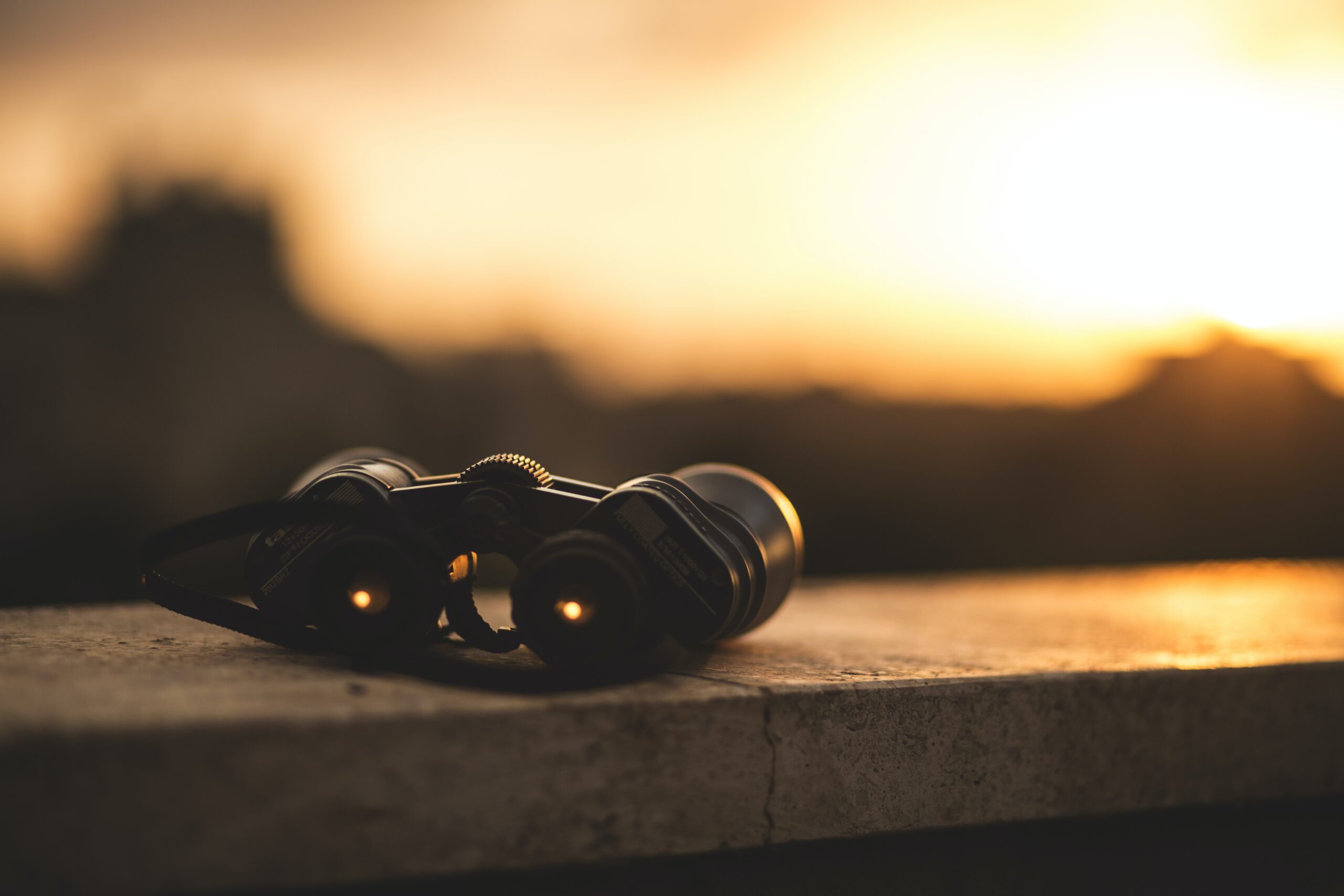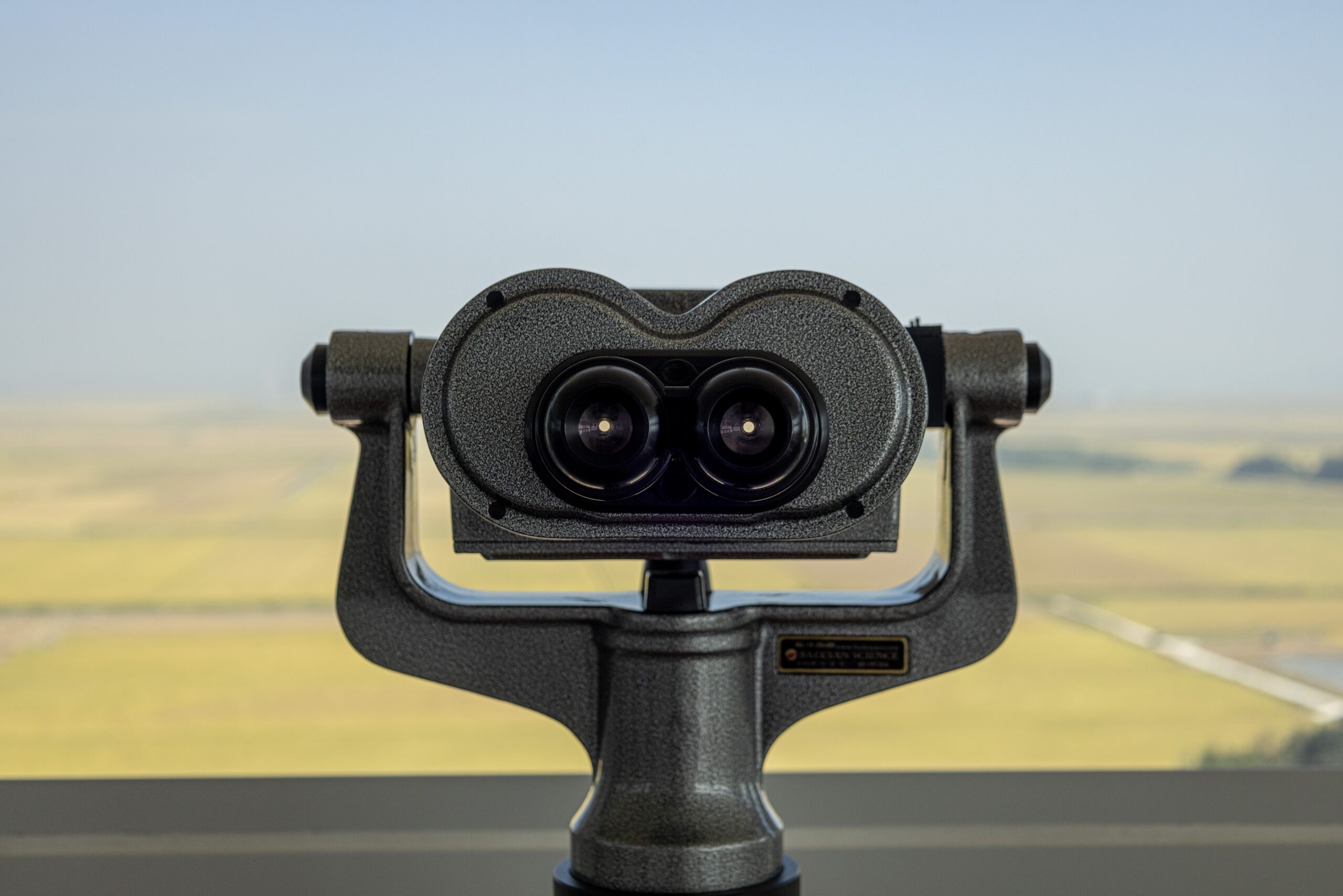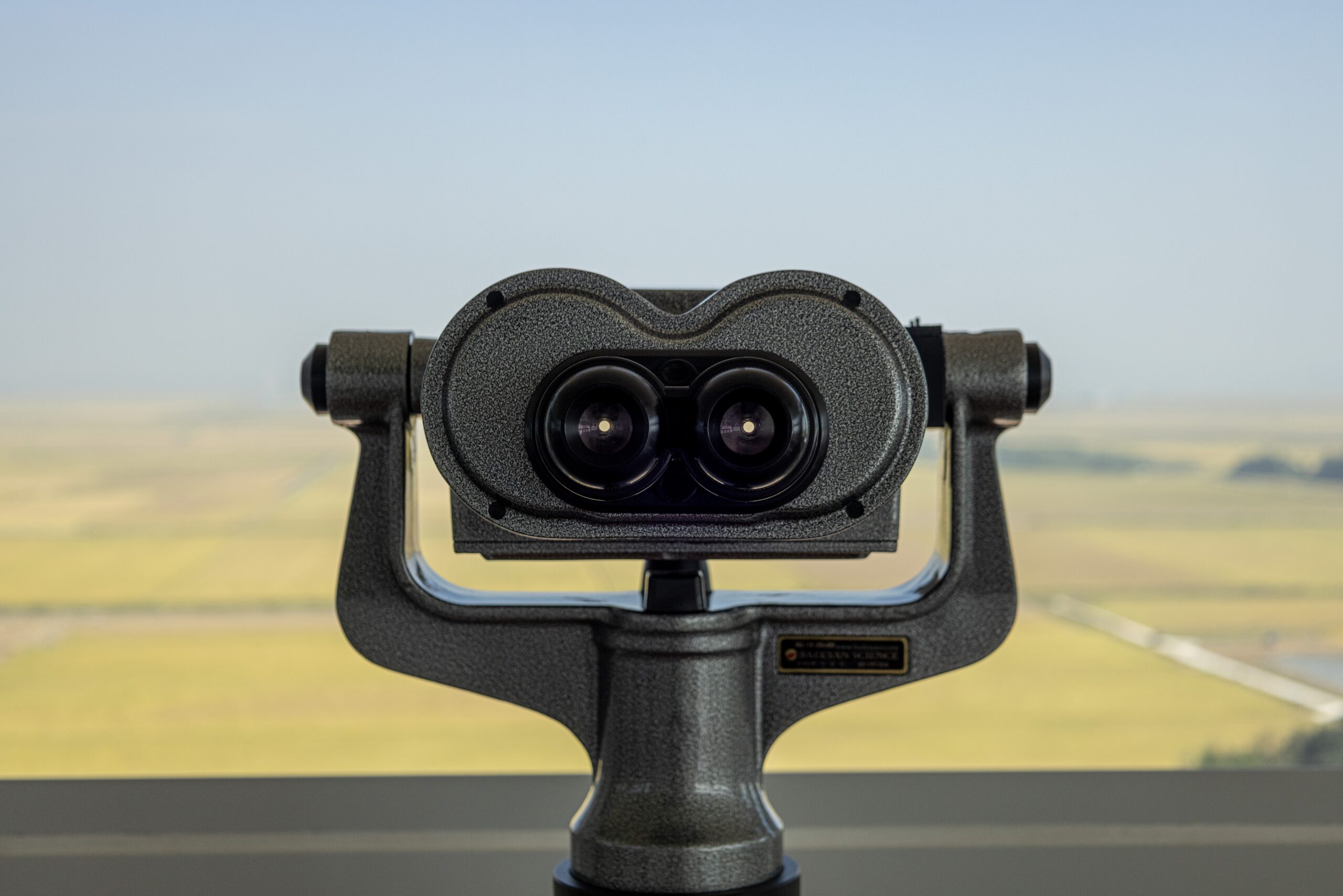Are you curious about the range of 12×50 binoculars? Well, you’ve come to the right place! In this article, we will uncover the distance these binoculars can cover, allowing you to get a better idea of their capabilities. Whether you’re a birdwatcher, an avid hiker, or a sports enthusiast, understanding the range of your binoculars is essential for a successful outdoor adventure. So, let’s dive into the details and explore the world of 12×50 binoculars!

Understanding Binocular Specifications
When it comes to choosing binoculars, understanding the specifications is key to finding the right pair for your needs. One common specification you’ll come across is the numbers that follow the “x” in the binocular’s description, such as 12×50. These numbers represent the magnification power and the objective lens diameter, respectively. Let’s dive deeper into what each of these specifications means and how they correlate with the performance of the binoculars.
Meaning of 12×50
The first number in the binocular’s specification, 12x, represents the magnification power. In the case of 12×50 binoculars, the objects you’re observing will appear twelve times closer than they actually are. This means that if you’re looking at an object 1000 yards away, it will appear as if it were only 83.3 yards away through the binoculars. The higher the magnification power, the closer the objects will appear, allowing you to see more detail.
The second number, 50, refers to the diameter of the objective lenses in millimeters. The objective lenses are the ones farthest from your eyes and are responsible for gathering light. A larger objective lens diameter allows more light to enter the binoculars, resulting in a brighter and clearer image. In the case of 12×50 binoculars, the objective lenses have a diameter of 50mm, which is considered to be on the larger side and offers excellent light-gathering capabilities.
How specs correlate with performance
The magnification power and objective lens diameter of binoculars play a crucial role in determining their performance. A higher magnification power, such as 12x, allows you to observe distant objects with more detail, but it also makes the view shakier when holding the binoculars by hand. On the other hand, a larger objective lens diameter, like 50mm, enhances the brightness and clarity of the image, but it also adds weight to the binoculars.
It’s important to strike a balance between magnification power and objective lens diameter based on your specific needs and preferences. Higher-powered binoculars may be ideal for activities that require long-distance observations, such as birdwatching or stargazing, while lower or medium-powered binoculars may be more suitable for general use or activities that involve a lot of movement, like sports events.
Definition of Range in Binoculars
When discussing the range of binoculars, we’re referring to their ability to capture and provide a clear view of objects at various distances. Understanding the range is crucial in determining the suitability of a pair of binoculars for specific purposes. The range of binoculars can be influenced by factors such as distance range and field of view.
Distance range
The distance range refers to the distance at which you can clearly observe objects through the binoculars. In the case of 12×50 binoculars, the distance range can vary depending on factors such as atmospheric conditions and the specific design of the binoculars. Generally, 12×50 binoculars can provide clear views of objects that are several hundred yards away, allowing you to observe details that may be otherwise difficult to see with the naked eye.
Field of view
The field of view represents the width of the area you can see through the binoculars at a specific distance. A wider field of view allows you to capture more of the surrounding scene, making it easier to track moving objects or observe a larger area without the need to constantly adjust your binoculars. The field of view of 12×50 binoculars can vary depending on the specific model, but they generally offer a decent field of view for various activities.
Various factors influencing range
The range of binoculars can be influenced by a multitude of factors. Environmental conditions, such as fog, rain, or low light, can affect the visibility and clarity of distant objects. For example, on a foggy day, the range of even high-quality binoculars may be limited compared to a clear day. Additionally, user-specific factors like the stability of your hands or the use of a tripod can also affect the range, as shakiness can impact the clarity of the image.
Optical design and construction also play a significant role in the range of binoculars. Factors such as lens quality, prism type, and coatings on the lenses can enhance or limit the range and overall performance of the binoculars. Therefore, it’s essential to consider these factors when selecting binoculars that meet your range requirements.
Range of 12×50 Binoculars
Now that we have a better understanding of the importance of range in binoculars, let’s specifically explore the range of 12×50 binoculars.
Distance range for 12×50 binoculars
With a magnification power of 12x, 12×50 binoculars excel at bringing distant objects closer and providing detailed views. While the exact distance range can vary depending on various factors, it is safe to say that 12×50 binoculars can offer clear views of objects that are several hundred yards away. Whether you’re observing wildlife in the distance, enjoying a sporting event, or stargazing, 12×50 binoculars can provide you with a satisfying range.
Field of view for 12×50 binoculars
The field of view for 12×50 binoculars can vary depending on the specific model, but generally, these binoculars offer a wide enough field of view to comfortably observe objects at a distance. The wider field of view allows you to scan the surroundings without constantly adjusting your binoculars, making them suitable for activities such as birdwatching or nature observation.
Components Contributing to Range
To fully understand the range of binoculars, it’s important to consider the various components that contribute to it. The three main components that significantly impact the range are lens quality, magnification power, and objective lens diameter.
Lens quality
The quality of the lenses used in binoculars has a direct impact on their range and overall performance. High-quality lenses, with advanced glass elements and coatings, can enhance light transmission, minimize aberration, and produce sharper images. Therefore, it is recommended to choose binoculars with superior lens quality if you prioritize a wider and clearer range.
Magnification power
As discussed earlier, the magnification power of binoculars directly affects the range. Higher magnification powers, such as 12x, allow you to observe objects at greater distances with more detail. However, higher magnification can also make the image shakier, especially when holding the binoculars by hand. It’s essential to find the right balance between magnification power and stability to achieve optimal range.
Objective lens diameter
The diameter of the objective lenses, such as 50mm in the case of 12×50 binoculars, influences the range by determining the amount of light that enters the binoculars. Larger objective lenses allow more light to pass through, resulting in brighter and clearer images. However, larger objective lenses also add weight to the binoculars, which can affect their portability and ease of use. Consider your specific needs and preferences when selecting the ideal objective lens diameter for your desired range.

Advantages of 12×50 Binoculars
Now that we understand the range and components of 12×50 binoculars, let’s explore the advantages that these specific binoculars offer.
More detail at longer distances
One significant advantage of 12×50 binoculars is their ability to provide more detail at longer distances. Whether you’re observing wildlife, birds, or even celestial objects, the higher magnification power of 12x allows you to zoom in and see intricate details that may not be visible with lower-powered binoculars. This makes 12×50 binoculars an excellent choice for nature enthusiasts, birdwatchers, and anyone who wishes to explore the world in greater detail.
Ideal for wildlife and outdoor observations
With their powerful magnification and wider field of view, 12×50 binoculars are well-suited for wildlife and outdoor observations. Whether you’re hiking, camping, or on a safari, these binoculars can bring the distant landscapes and animals close to you, allowing for a more immersive experience. The combination of a higher magnification power and a larger objective lens diameter ensures that you won’t miss a single detail while exploring the great outdoors.
Case Study: Range in Different Types of 12×50 Binoculars
While the range of 12×50 binoculars, in general, provides excellent performance, it’s worth noting that different types of binoculars may have slight variations in their range capabilities. Let’s take a closer look at two common types of binoculars: roof prism and porro prism, and how their designs can impact the range of 12×50 binoculars.
Range in roof prism 12×50 binoculars
Roof prism binoculars are known for their compact and streamlined design. The prism system in these binoculars allows for a straight-through light path, resulting in a slimmer shape and improved durability. While roof prism 12×50 binoculars generally offer a good range, their design may prioritize portability and convenience over maximizing the range potential. However, advancements in optical technology have allowed roof prism binoculars to offer impressive range capabilities without compromising on other factors.
Range in porro prism 12×50 binoculars
Porro prism binoculars, on the other hand, have a more traditional and recognizable design. They have an offset prism system that creates a zigzag light path, resulting in a wider shape compared to roof prism binoculars. This design allows for a greater range of motion in the objective lenses, which can contribute to enhanced range capabilities. Porro prism 12×50 binoculars generally offer wide fields of view and impressive range, making them suitable for various outdoor activities and observations.
It’s important to note that while the prism design can impact the range of binoculars to some extent, it is just one of the many factors that contribute to overall range performance. Other components, such as lens quality and construction materials, also play crucial roles.

Factors Affecting Binocular Range
Beyond the specific specifications and types of binoculars, several other factors can affect the range you can achieve with your binoculars. Let’s take a look at some of these factors.
Environmental conditions
Environmental conditions, such as fog, rain, or low light, can significantly impact the range of your binoculars. Foggy or rainy conditions can limit visibility and reduce the clarity of distant objects, even with high-quality binoculars. Similarly, low light conditions, such as dusk or dawn, may require binoculars with superior light-gathering capabilities to maintain a good range. It’s essential to consider the prevailing conditions in your intended observation area and choose binoculars suitable for those conditions.
User-specific factors
Individual factors related to the user can also affect the range of binoculars. Stability plays a crucial role in maintaining a clear and steady view through binoculars. If you’re holding the binoculars by hand, factors such as hand tremors or fatigue can impact both the stability and resulting range. Using a tripod or other stabilization devices can improve stability and thus enhance the range. Additionally, factors like age and eyesight can affect the clarity and range of your binoculars. It’s important to consider these factors when selecting binoculars that meet your specific needs.
Optical design and construction
The optical design and construction of the binoculars are fundamental in determining their range capabilities. Factors such as lens quality, prism type, and lens coatings can enhance light transmission, reduce glare, and minimize aberrations, all of which contribute to a wider and clearer range. High-quality materials and precise engineering can also impact the overall performance of the binoculars, ensuring that you get the most out of their range capabilities. Consider these design and construction aspects when choosing binoculars for optimal range.
Comparing 12×50 Binoculars with Other Models
To better understand the range of 12×50 binoculars, it’s helpful to compare them with other popular models. Let’s take a look at two common alternatives: 10×50 and 8×42 binoculars.
12×50 vs 10×50 binoculars
The key difference between 12×50 and 10×50 binoculars lies in the magnification power. While both models have the same objective lens diameter of 50mm, the 12×50 binoculars provide higher magnification, resulting in a closer view of the observed objects. This higher magnification can be advantageous for long-range observations that require more detail. However, it’s worth considering that a higher magnification also requires steady hands or the use of a tripod to minimize shakiness and maintain clarity.
On the other hand, 10×50 binoculars offer a slightly wider field of view compared to their 12×50 counterparts, which may be beneficial for activities that require tracking moving subjects or observing larger areas. They are also generally lighter and more affordable than 12×50 binoculars, making them a popular choice for general use.
12×50 vs 8×42 binoculars
When comparing 12×50 binoculars to 8×42 binoculars, the significant difference lies in both the magnification power and the objective lens diameter. The 12×50 binoculars offer higher magnification, allowing for more detailed observations of distant objects. However, the 8×42 binoculars provide a wider field of view, which can be advantageous for activities that involve tracking subjects or observing larger areas. Additionally, the 8×42 binoculars are generally lighter and more compact than 12×50 binoculars, making them easier to carry and handle.
Choosing between 12×50 and 8×42 binoculars depends on your specific needs and preferences. If you prioritize higher magnification and are willing to sacrifice some field of view, the 12×50 binoculars may be the better choice. However, if a wider field of view and portability are more important to you, the 8×42 binoculars may be the ideal option.
Choosing the Right Range in Binoculars Based on Use
The choice of binocular range depends on the intended use. Let’s explore the ideal ranges for specific activities to help you make an informed decision.
Best range for bird watching
Birdwatching often requires observing birds from a distance without disturbing them. For this activity, a range of 8x to 12x is generally recommended. The higher magnification within this range allows for detailed observations of birds, their colors, and their behavior. The objective lens diameter can vary depending on personal preferences, but a range between 40mm and 50mm is suitable for most birdwatching enthusiasts. Therefore, 12×50 binoculars can be an excellent choice for birdwatching, providing both the necessary magnification and light-gathering capabilities.
Best range for hunting
Hunting requires observing wildlife from a distance while maintaining stealth and accuracy. The ideal range for hunting often depends on the terrain and the type of game. Binoculars with a range between 8x and 10x are commonly recommended for hunting. The lower magnification allows for a wider field of view, making it easier to locate game and track its movements. As for the objective lens diameter, a range between 40mm and 50mm is suitable for most hunting situations. Therefore, both 10×50 and 12×50 binoculars can be suitable for hunting, depending on personal preferences and specific hunting conditions.
Best range for stargazing
Stargazing involves observing celestial objects, such as stars, planets, or the moon, from a distance. For stargazing, a higher magnification power is generally desired to observe the details of these distant objects. A range of 10x to 12x is commonly recommended for stargazing, as it allows for more detailed observations. Additionally, a larger objective lens diameter, such as 50mm, is preferred to maximize the light-gathering capabilities and enhance the brightness of celestial objects. Therefore, 12×50 binoculars are well-suited for stargazing, providing both the necessary magnification and light-gathering capabilities.
Maintenance and Handling for Optimal Range
To ensure optimal range and performance of your binoculars, it’s essential to properly maintain and handle them. Here are some tips to keep in mind:
Cleaning techniques
Regularly clean the lenses and body of your binoculars to remove dust, dirt, and fingerprints. Use a lens cleaning solution specifically designed for optical surfaces and a microfiber cloth or lens cleaning tissue. Avoid using harsh chemicals or abrasive materials that may damage the lenses or lens coatings. Additionally, store your binoculars in a protective case or pouch to prevent dust or debris from accumulating on the lenses.
Proper handling for maximum range
To achieve the maximum range of your binoculars, it’s important to hold them steady. If you’re using higher-powered binoculars, such as 12×50, consider using a tripod or other stabilization device to minimize shakiness. Hold the binoculars with both hands and brace your elbows against your body or a stable surface for added stability. Avoid sudden movements and take your time to focus on the observed objects.
Storage tips
When not in use, store your binoculars in a dry and clean environment. Avoid extreme temperatures or humidity, as they can damage the internal components and lens coatings. Keep your binoculars away from direct sunlight or heat sources, as they can cause warping or damage to the lenses. Use the protective case or pouch provided with your binoculars to shield them from dust, moisture, and accidental impacts.
By following these maintenance and handling tips, you can ensure that your binoculars maintain their optimal range and provide you with clear and crisp views for years to come.
In conclusion, understanding binocular specifications, such as the meaning of 12×50, and how they correlate with performance is essential when selecting the right pair of binoculars. The range of binoculars is influenced by factors such as distance range, field of view, lens quality, magnification power, and objective lens diameter. 12×50 binoculars offer a powerful magnification that allows for detailed observations of distant objects, making them suitable for activities such as wildlife observation and stargazing. When choosing binoculars, consider factors such as environmental conditions, user-specific factors, and optical design and construction. By selecting the appropriate range based on your intended use, properly maintaining and handling your binoculars, you can maximize their range potential and enjoy the wonders of the world in greater detail.

